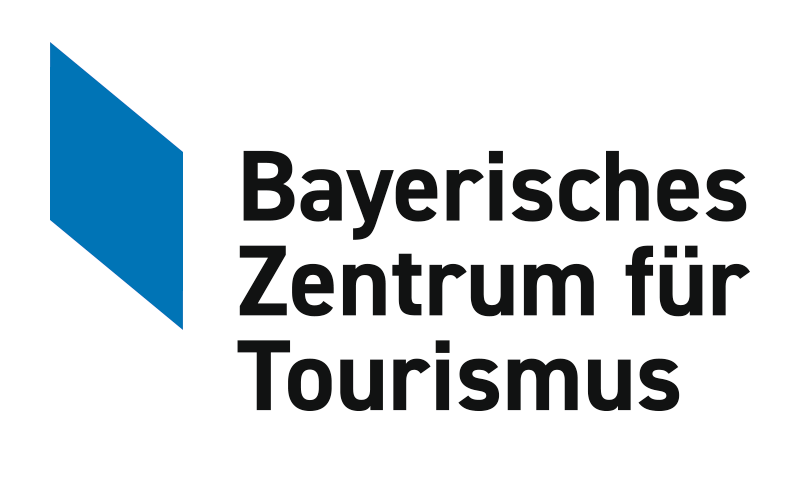
COVID-19 and the Pandemic's Spatio-Temporal Impact on Tourism Demand in Bavaria (Germany)
Being a unique hazard, COVID-19 led to various global distortions. Tourism was signifi cantly aff ected, and numerous authors are discussing future implications for the industry. However, only a few studies consider the eff ects of COVID-19-related measures on tourism’s demand side. For the state of Bavaria (Germany), we introduce the relevant legislative measures and their implications on tourism demand. Following Sigala’s (2020) suggestion, we illustrate the tourism demand development during the pandemic in space and time by analysing Bavaria’s overnight stays on the districts’ administrative level. For the fi rst nine months of the ongoing pandemic, we identify the district’s population density, its relative location to major cities, and tourism intensity being decisive for both, decline and recovery. Recommendations for policy action can be derived directly from the diff erent spatial and temporal developments we have identifi ed. Th us, it appears that individual districts vary considerably, especially in the speed and extent of their recovery following the fi rst shutdown, in part due to the factors identifi ed. Due to the varying degrees to which the districts and their tourism businesses recover after the crisis, we argue that customised, regionally diff erentiated political measures should be considered.
